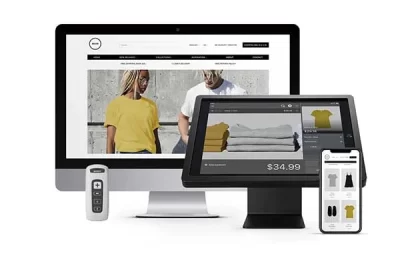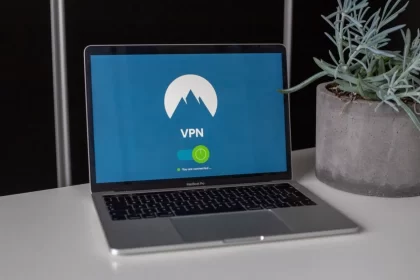The Internet of Things (IoT) is no longer a speculation. It’s real, and its applications can found everywhere. From consumer-based technologies as simple as wearable tech to more complex ones like driverless forklifts, IoT is everywhere, and the way things worked is slowly changing. Here is the Use of IoT in Real-Time.
Smart devices or “Connected devices,” as they are often referred to, are designed to collect and use any data that you share or use in your daily life. And these apps can use this data to interact with you and complete tasks regularly. This latest connectivity wave goes beyond laptops and smartphones; it goes in the direction of connected vehicles, smart homes, connected wearables, smart cities, and related healthcare.
IoT-based solutions enable daily task automation and enable efficient monitoring and control of the connected devices. This leads to increased productivity and convenience in activities assigned.
Listed below are just Use of IoT in Real-Time
- Shopping Mall – Proximity Marketing: Today’s shopper likes feeling and touching a product before purchasing but also prefers the convenience of a digital lens. Today, IoT is making proximity marketing a reality so that when a shopper who frequents a specific store is close to that store gets notified. IoT sensors will send user information to the hyper decision framework, which will analyze shopper activity and shopping trend to deliver the appropriate message, at the right place, at the right time, and to the right person.
- Asset Tracking: Assets often involve inventories of high value, tools, attachments, and more. In the healthcare industry, assets include various mobile monitoring equipment such as EEG Equipment, Ultrasound machines, X-Ray portable devices, stretchers, and wheelchairs, etc. These assets need to be monitored so that the asset’s life and the location of the asset and assist with regular asset audits are easy to control. Assets are often mounted on BLE IoT Sensors. These sensors connect to the receivers, so anyone wanting the asset information will search the dashboard/application/mobile device to see where the asset is.
- Warehouse Pallet Tracking: In a warehouse, reusable pallets are an essential tool for many organizations. With warehouses, rising in scale, and increasing product range each year, pallet monitoring helps to quickly identify pallets’ locations, eliminating waste of time and inventory. BLE IoT Sensors can also be mounted on pallets, which will provide useful information about the pallet location, the inventory that the pallet carries, and the time from which.
- Employee Monitoring: Monitoring of the employee inside the organization’s campus is critical not only from increasing efficiency but also for ensuring security and morale. BLE IoT sensors can be worn by the employee in the form of ID Cards. These ID cards have IoT sensors to detect whether the card is on an individual so security can be managed. The efficiency can be monitored by proximity to each computer or process.
- Temperature and Humidity Monitoring: The supply chain monitoring for ‘Cold Chain’ makes the full use of the IoT sensors. These sensors record the temperature and moisture inside the containers and send the data along with the truck’s GPS location. The advantage compared to existing data loggers is that the IoT sensor will talk to the Hyper Decision Framework instead of pointing a finger and blame game and help to fix the issue in real-time, it thus saves money, time, and reputation.










